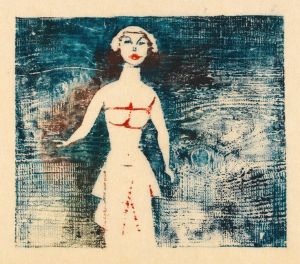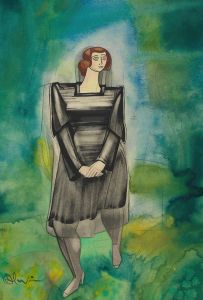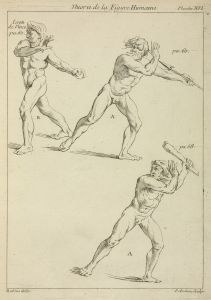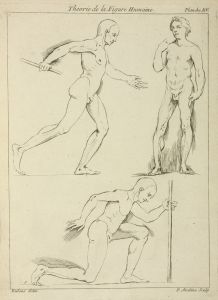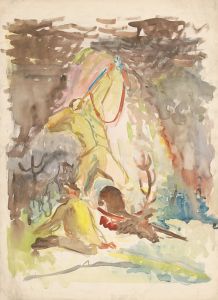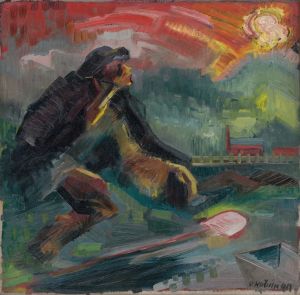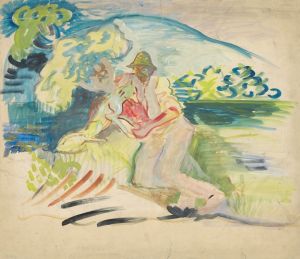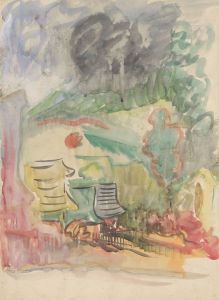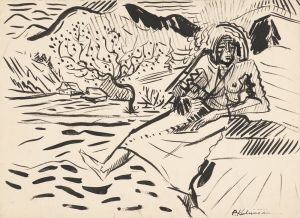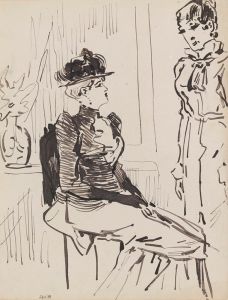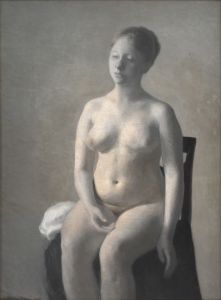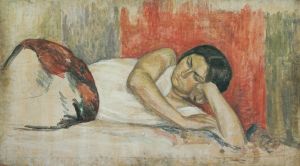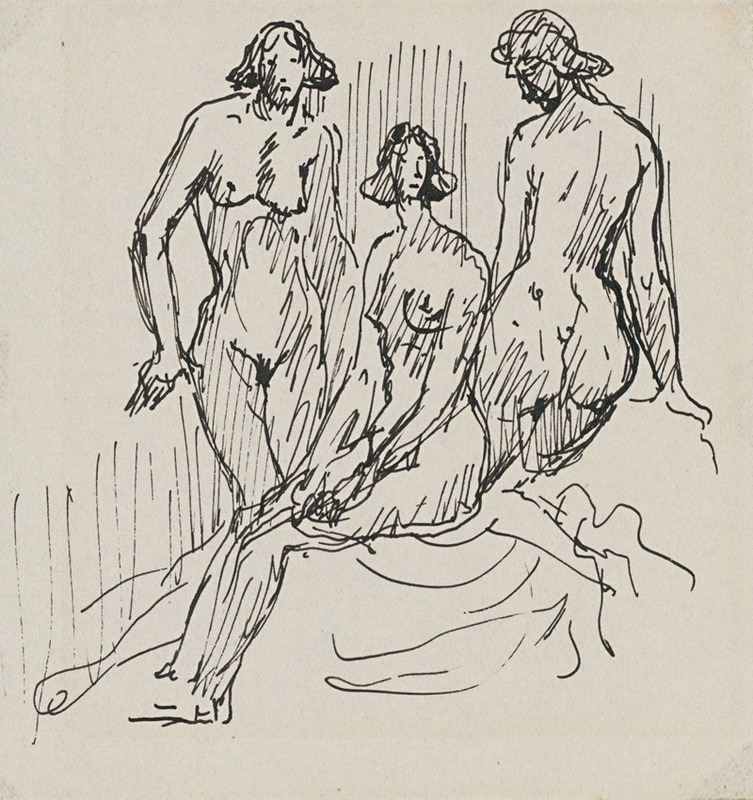
Three female figures
A hand-painted replica of Arnold Peter Weisz-Kubínčan’s masterpiece Three female figures, meticulously crafted by professional artists to capture the true essence of the original. Each piece is created with museum-quality canvas and rare mineral pigments, carefully painted by experienced artists with delicate brushstrokes and rich, layered colors to perfectly recreate the texture of the original artwork. Unlike machine-printed reproductions, this hand-painted version brings the painting to life, infused with the artist’s emotions and skill in every stroke. Whether for personal collection or home decoration, it instantly elevates the artistic atmosphere of any space.
Arnold Peter Weisz-Kubínčan was a Slovak painter known for his unique contributions to modern art in the early 20th century. Born in 1898 in Hungary, Weisz-Kubínčan later moved to Slovakia, where he became an influential figure in the art community. His work is characterized by a blend of modernist styles, often incorporating elements of Cubism and Expressionism. One of his notable works is "Three Female Figures," a painting that exemplifies his artistic approach and thematic interests.
"Three Female Figures" is a painting that captures the essence of Weisz-Kubínčan's style, which often focused on the human form and its expressive potential. The painting features three women, each depicted with a distinct posture and expression, suggesting a narrative or emotional depth. The figures are rendered with bold lines and vibrant colors, a hallmark of Weisz-Kubínčan's work, which often sought to convey emotion and movement through dynamic compositions.
The painting reflects the influence of modernist movements that were prevalent during Weisz-Kubínčan's time. The use of geometric shapes and fragmented forms in "Three Female Figures" suggests an affinity with Cubism, while the emotional intensity and vivid color palette align with Expressionist tendencies. This combination of styles is indicative of Weisz-Kubínčan's ability to synthesize different artistic influences into a cohesive and original visual language.
Weisz-Kubínčan's work, including "Three Female Figures," is also notable for its exploration of identity and the human condition. The depiction of women in this painting can be interpreted as a commentary on femininity and the roles of women in society, a theme that was gaining prominence in the early 20th century as gender roles were being increasingly questioned and redefined.
Despite his significant contributions to art, Weisz-Kubínčan's career was tragically cut short. As a Jewish artist living during the rise of Nazism, he faced persecution and was ultimately deported to a concentration camp, where he perished in 1944. This loss not only cut short the life of a talented artist but also left many of his works, including "Three Female Figures," as enduring testaments to his vision and creativity.
Today, Weisz-Kubínčan's paintings are appreciated for their innovative approach and emotional depth. "Three Female Figures" remains a significant piece within his oeuvre, reflecting both the artistic currents of its time and the personal experiences of the artist. The painting continues to be studied and admired for its artistic merit and its poignant reminder of the historical context in which it was created.
In summary, "Three Female Figures" by Arnold Peter Weisz-Kubínčan is a work that encapsulates the artist's modernist influences and thematic concerns. Through its dynamic composition and expressive portrayal of the human form, the painting offers insight into the complexities of identity and emotion, while also serving as a lasting tribute to an artist whose life and career were tragically impacted by the events of World War II.





